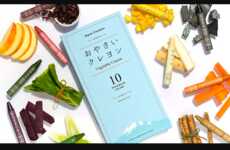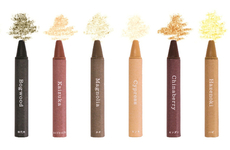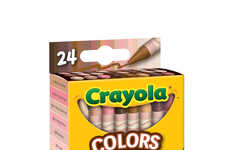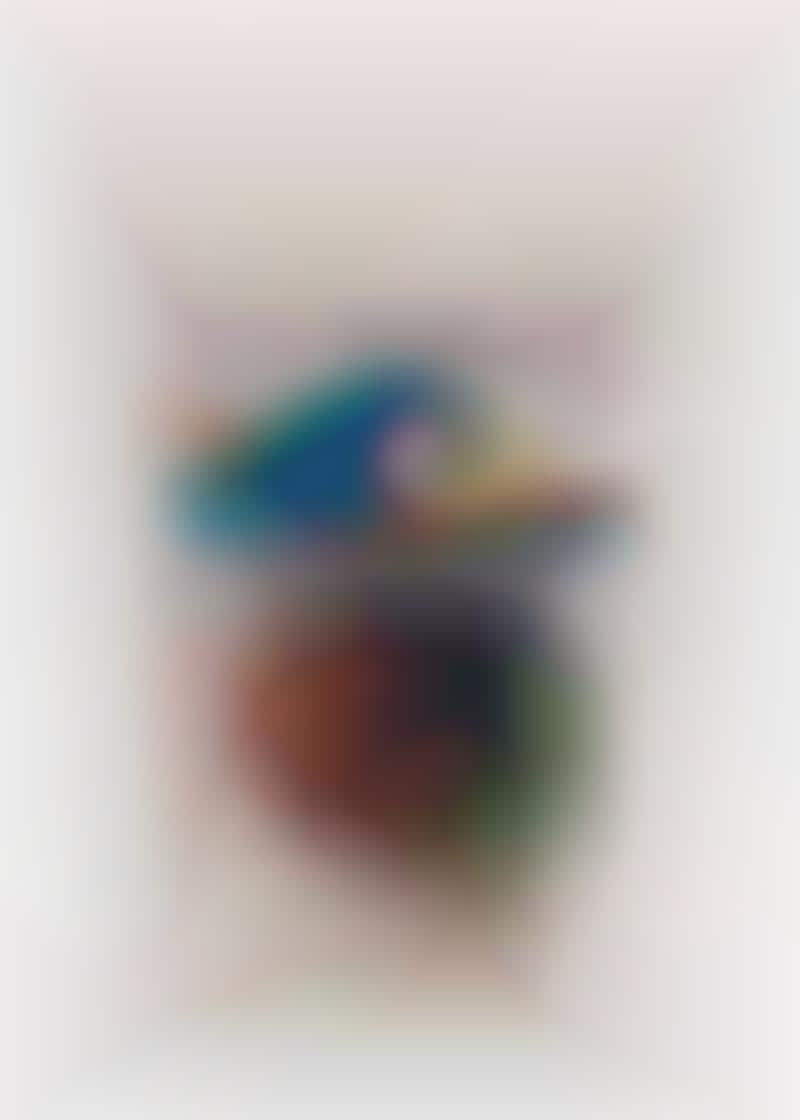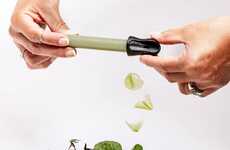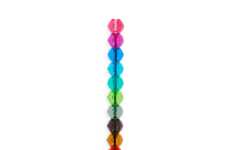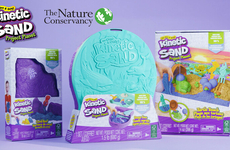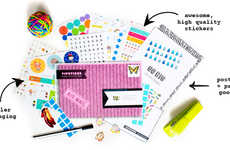
These Eco Crayons are Made From Recycled Sea Rocks
Jana Pijak — February 19, 2016 — Art & Design
These eco crayons are made from recycled sea rocks and feature no artificial additives. While traditional crayons mix paraffin wax and pigment ingredients, these sustainable art supplies by Ec-Kids are a safer and more sustainable alternative that is completely petroleum-free.
Shaped to resemble rocks, these eco crayons come in a variety of bright shades -- 8 in total -- and are packaged in a sustainable container that's made from recycled plastic. Handmade in the US, these art tools are an ethical and safe purchase for parents with an appreciation for health-conscious products.
The crayons are just as creative as traditional paraffin wax products but boast no harmful toxins. In addition to their ground sea rock and natural beeswax ingredients, these crayons also feature soy and are colored using natural earth pigments.
Shaped to resemble rocks, these eco crayons come in a variety of bright shades -- 8 in total -- and are packaged in a sustainable container that's made from recycled plastic. Handmade in the US, these art tools are an ethical and safe purchase for parents with an appreciation for health-conscious products.
The crayons are just as creative as traditional paraffin wax products but boast no harmful toxins. In addition to their ground sea rock and natural beeswax ingredients, these crayons also feature soy and are colored using natural earth pigments.
Trend Themes
1. Sustainable Art Supplies - Disruptive innovation opportunity: Develop and market eco-friendly art supplies that are made from sustainable materials and do not contain harmful toxins.
2. Recycled Plastic Packaging - Disruptive innovation opportunity: Create sustainable packaging solutions by using recycled plastic for various products, reducing environmental impact.
3. Natural and Earth Pigments - Disruptive innovation opportunity: Explore the use of natural earth pigments as coloring agents in various industries, providing eco-friendly alternatives to synthetic dyes.
Industry Implications
1. Art Supplies - Disruptive innovation opportunity: Rethink the manufacturing process of art supplies to prioritize sustainability and eco-friendly materials.
2. Packaging - Disruptive innovation opportunity: Develop sustainable packaging solutions for various industries, leveraging recycled materials for reduced environmental impact.
3. Dyes and Colorants - Disruptive innovation opportunity: Explore the use of natural pigments and dyes in industries such as textiles, cosmetics, and food to meet the growing demand for eco-friendly products.
3
Score
Popularity
Activity
Freshness

